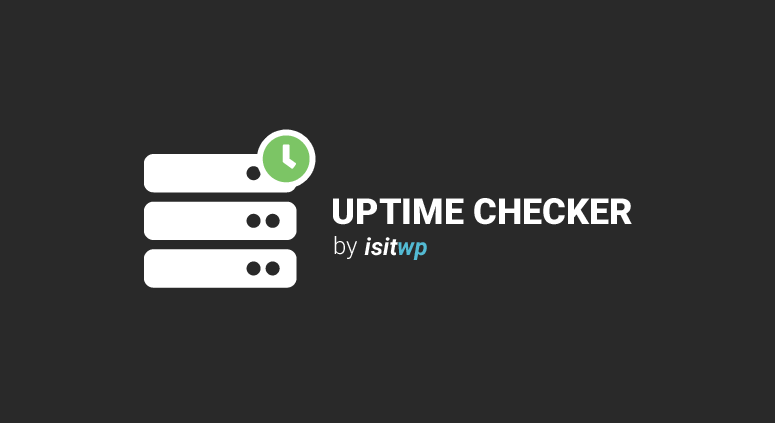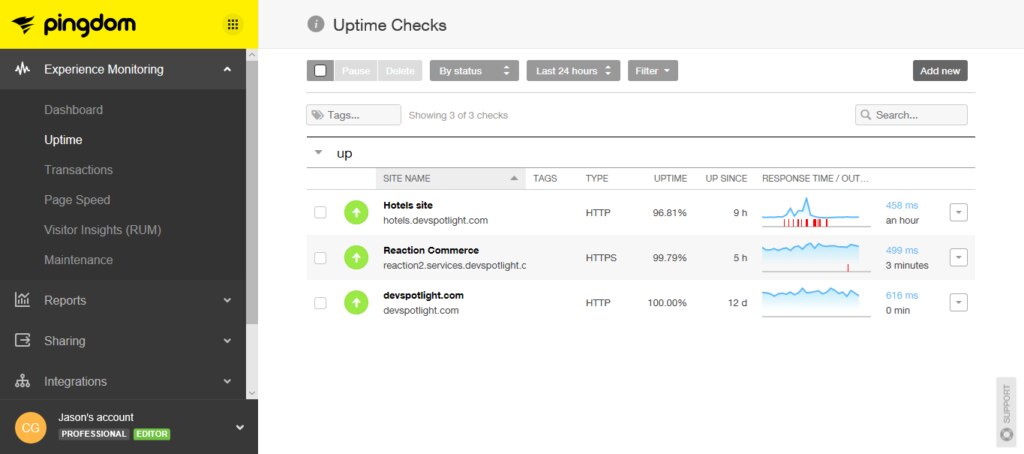

This approach helps prevent false alarms that can result from transient issues with a specific location. We strongly recommend testing from multiple locations with a minimum of five locations. To learn more about the firewall exceptions for availability test agents, consult the IP address guide. If your URL isn't visible from the public internet, you can choose to selectively open your firewall to allow only the test transactions through. We recommend a minimum of 5 test locations to ensure that you can distinguish problems in your website from network issues. The values for this setting are the places from which servers send web requests to your URL.

With a default frequency of five minutes and five test locations, your site is tested every minute on average. This setting determines how often the test is run from each test location. On average, about 80 percent of failures disappear on retry. This rule is applied independently at each test location. Retry is temporarily suspended until the next success. Subsequent tests are then performed at the usual test frequency. A failure is reported only if three successive attempts fail. When the test fails, it's retried after a short interval. The test might fail for cases that aren't noticeable from manually browsing through the site. Enabling this option results in a stricter check. If the option isn't enabled, the test only requests the file at the URL that you specified. The test fails if any of these resources can't be successfully downloaded within the timeout for the whole test. The recorded response time includes the time taken to get these files. The test requests images, scripts, style files, and other files that are part of the webpage under test. If the URL resolves to a redirect, you can follow it up to 10 redirects. For example, you can exercise your database a little.

The URL can be any webpage that you want to test, but it must be visible from the public internet. Name your test and select URL ping for SKU.Īdjust the settings to your needs by using the following table. In your Application Insights resource, open the Availability pane and select Add Classic Test. To create your first availability request: For more advanced features, see Standard tests. You can find them under Add Classic Test on the Availability pane. URL ping tests are categorized as classic tests.


 0 kommentar(er)
0 kommentar(er)
